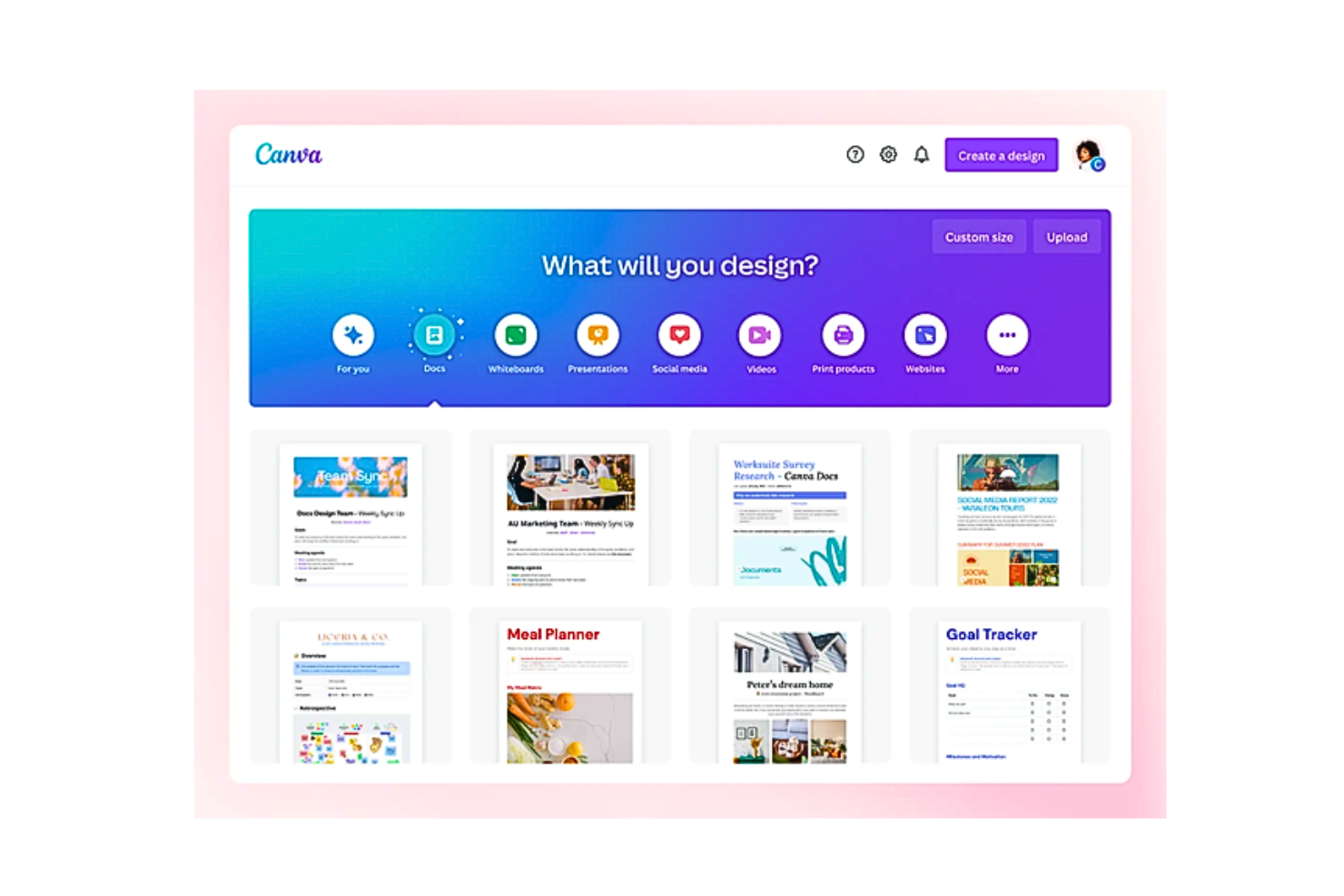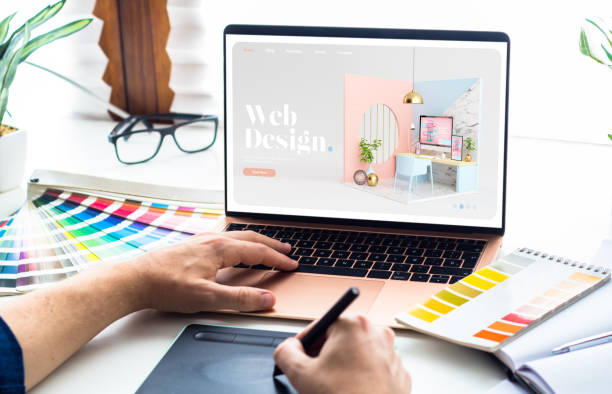Exploring the Latest Innovations in Website Design for Enhanced Functionality
Exploring the Latest Innovations in Website Design for Enhanced Functionality
Blog Article
Modern Website Design That Captures Focus and Transforms
In a significantly electronic landscape, modern-day site style has actually arised as a pivotal variable in capturing user interest and driving conversions. As we check out these crucial parts, it comes to be clear that understanding their interplay can significantly influence an internet site's performance and user complete satisfaction.
Importance of Visual Hierarchy
Visual pecking order is a crucial component in internet site layout, as it guides customers' focus and boosts their general experience. By strategically organizing material, designers can route individuals to the most essential information initially, consequently enhancing interaction and boosting functionality. Effective aesthetic power structure uses different techniques, consisting of size, contrast, spacing, and shade. Larger components naturally attract the eye, while contrasting colors can highlight key messages, making them attract attention amongst more restrained parts.
Incorporating a sensible flow in material setup is important; for circumstances, placing the most crucial details at the top of a page cultivates immediate acknowledgment. Additionally, regular use of typography, such as varying font sizes and designs, helps establish a clear material structure. This company not only aids in navigating yet additionally builds trust, as users feel extra comfortable when they can quickly discover what they are looking for.
Eventually, a well-executed visual hierarchy not just improves visual charm however likewise substantially impacts user habits. By focusing on vital elements and ensuring a seamless experience, developers can successfully convert visitors into customers, strengthening the relevance of this fundamental design principle in modern website growth.
Responsive Design for All Tools
Developing a smooth experience throughout various gadgets is crucial in today's electronic landscape, where customers access internet sites from smartphones, desktop computers, and tablet computers alike. Receptive design is a crucial approach that makes certain web sites adjust fluidly to different display dimensions, resolutions, and positionings. By using flexible grids, photos, and CSS media inquiries, designers can create layouts that preserve visual honesty and performance, no matter of the gadget being used.
The significance of receptive style expands beyond visual appeals; it straight affects user engagement and conversion rates. A web site that works well on all tools motivates longer brows through and lowers bounce rates, as customers are most likely to interact with material that is very easy to browse. Search engines, specifically Google, prioritize mobile-friendly sites in their rankings, making responsive layout an important element of search engine optimization (SEO)
Integrating receptive layout not just enhances customer experience but likewise enhances the advancement procedure. By creating a single site that works throughout tools, businesses can save time and resources contrasted to developing separate mobile and desktop versions. Ultimately, receptive design is a fundamental technique for contemporary site layout, guaranteeing availability and satisfaction for all users, no matter their gadget.
Involving Interactive Aspects
While a receptive style lays the foundation for a useful site, integrating appealing interactive components is vital for capturing customer focus and promoting much deeper connections. Website Design. Interactive elements, such as computer animations, quizzes, and clickable infographics, develop a more dynamic user experience, motivating visitors to invest more time on the site
Including interactive attributes can additionally guide customers through complicated details, making it easier to absorb content. For instance, interactive sliders can highlight item variations, read the article while ingrained videos can offer presentations or reviews that resonate even more than fixed photos or text. Furthermore, gamification like this strategies, like benefits for involving or completing jobs with material, can enhance customer motivation and retention.
Effective use of interactive elements not only enhances the individual experience yet can additionally lead to greater conversion rates. It is vital to stabilize interactivity with efficiency; excessively complicated attributes might prevent website rate, adversely impacting individual fulfillment.
Structured Navigating Practices
Efficient navigating is a foundation of any effective internet site, as it directly affects customer experience and web content access. Structured navigating methods make sure that individuals can easily locate info, improving their interaction with the site. A well-structured navigating menu should be user-friendly and straightforward, commonly including a restricted number of main groups to stay clear of overwhelming visitors.
To attain structured navigating, designers must focus on a hierarchical framework that practically organizes material. Implementing breadcrumb tracks can offer users with context concerning their current location within the website, enabling smooth backtracking. In addition, making use of drop-down menus can effectively preserve space while still supplying access to subcategories.
Receptive style is essential, as navigating needs to be practical throughout all gadgets (Website Design). Mobile customers, in particular, benefit from touch-friendly food selections and collapsible sections that keep functionality without compromising visual appeals

Reliable Call-to-Action Techniques
A well-crafted call-to-action (CTA) is essential for assisting customers toward wanted results on a website, as it motivates them to involve with content or make an acquisition. To maximize their efficiency, CTAs need to be clear, compelling, and purposefully placed throughout the website.
First, make use of action-oriented language that interacts seriousness or value, such as "Begin," "Join Currently," or "Case Your Discount rate." This language not just motivates customers yet likewise establishes clear expectations regarding the following actions.
2nd, take into consideration style components; CTAs should stick out visually through contrasting colors, adequate whitespace, and prominent go to these guys positioning. A button that is easy to see and click boosts the chance of user interaction.
Furthermore, individualizing CTAs based on individual habits or demographics can significantly enhance involvement. Tailored messages resonate much more with individuals, driving greater conversion prices.

Final Thought
To conclude, contemporary website style highlights the assimilation of visual pecking order, responsive designs, involving interactive aspects, streamlined navigating, and efficient call-to-action approaches. These components collectively enhance individual experience, ensuring that visitors stay involved and encouraged to discover material further. By prioritizing these design principles, services can dramatically enhance customer retention and conversion prices, inevitably leading to greater success in the digital landscape. The continual advancement of website design underscores its crucial duty in effective online interaction and advertising and marketing.
In a significantly digital landscape, modern website layout has actually arised as an essential variable in catching user attention and driving conversions.Aesthetic power structure is a critical aspect in site style, as it overviews individuals' attention and boosts their general experience.The importance of receptive layout expands past looks; it directly influences customer interaction and conversion rates.Integrating responsive layout not just improves customer experience however additionally enhances the advancement process. Inevitably, responsive style is a fundamental method for modern-day internet site design, making certain ease of access and satisfaction for all individuals, no matter of their gadget.
Report this page